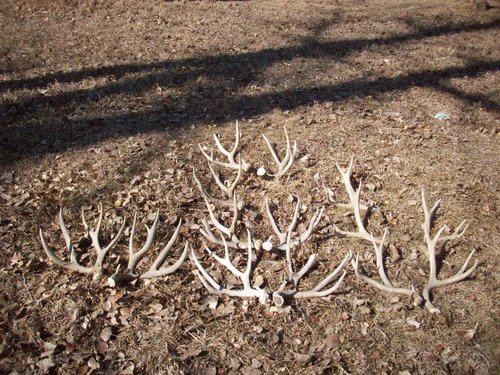onpoint
Well-known member
Which do you think is most important for producing big bucks, genetics or habitat?
If you #1 could transplant a herd with non trophy genetics (defined as being from county that has never produced a B&C entry) into a prime area like central Arizona or New Mexico (assume no mixture with animals native to the prime area)
or #2 transplant a herd with trophy genetics (Assume from an area in central AZ or NM that has produced many B&C entries) into an area that has proven unable to produce big bucks (Assume a county in Utah or Idaho that has never produced a B&C entry) (Again assume no mixture with resident herds)
Which one do you think would produce bigger bucks?
I believe your scenario(s) suffer from extreme over simplification.
....a herd with non trophy genetics (defined as being from county that has never produced a B&C entry)
A variety of factors could contribute to the above: security, hunting access, hunting regs specific to the area, climate, etc., etc.
The same (inversely) could apply to the second scenario.
Seems an attempt to simply answer what could be, and likely is, a complex question.
And this sciency thing
Last edited:





